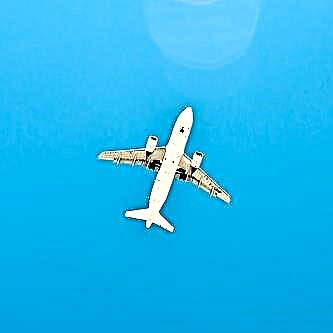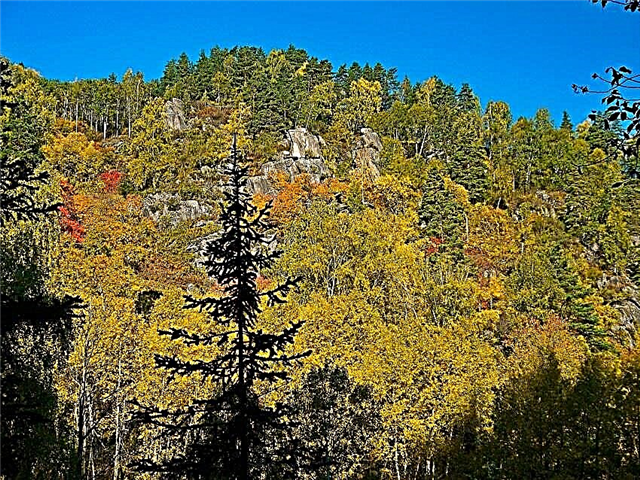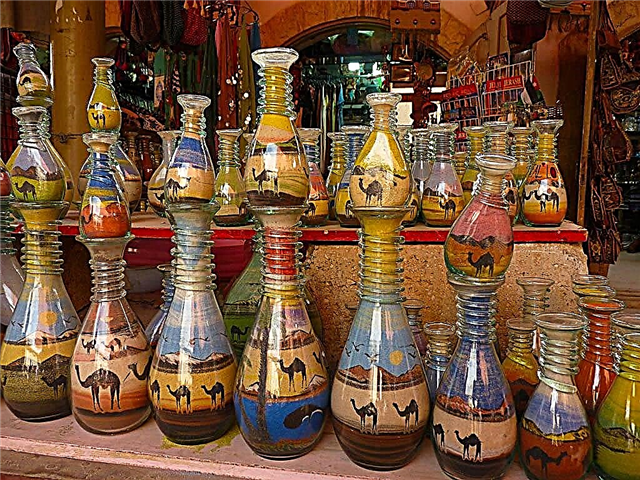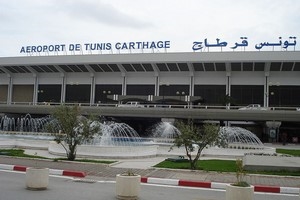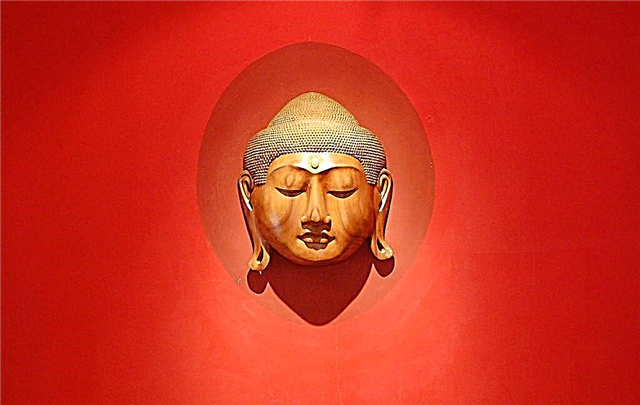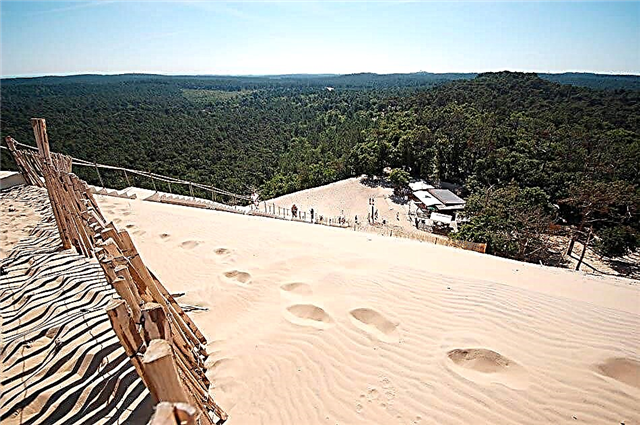Kyrgyzstan is a picturesque country that has only recently begun to reveal its tourism potential. Visitors love its mountain scenery, natural charm and the oriental flavor of the local people. Residents of cities are hospitable and good-natured. They are proud to tell and show tourists the most interesting places in their country and their city.
The largest city in Kyrgyzstan is Bishkek. It is the only city with a population of over a million. More than 100 thousand people live in two more cities, in other cities the number of inhabitants is much less than this figure. It is this feature that attracts tourists who love a calm and secluded outdoor recreation. In small towns, traditions and interesting customs of their ancestors have been preserved, which will be interesting for every traveler to get to know.
The largest cities in Kyrgyzstan
List of the largest cities in terms of population in the country.
Bishkek
The capital of the country, combining the heritage of the past and the modern rhythm. One of the most interesting places is the Dordoi market. This is where tourists first go. The assortment of the market is impressive - from food and souvenirs to household appliances and handmade carpets. A large number of monuments and buildings from the Soviet past have survived in Bishkek. An interesting area in the center of the city - Ala-Too.
Population - 1,027,200 people (2019).

Osh
A city that has retained the charm of ancient oriental architecture. Since ancient times, the city was located at the intersection of trade routes and was famous for its markets. And now the old "Zhaima Bazaar" is able to surprise travelers. In the city of Osh, there is a starting point for hiking or horse trails in the Pamir and Tien Shan mountains. There are several picturesque natural parks in the vicinity of the city.
Population - 257 100 people (2019).

Jalal-Abad
The city is suitable for a calm and measured rest. It has excellent ecology and friendly residents. The health resort offers mud treatments, thermal mineral baths and kumis therapy. For lovers of outdoor activities, they offer horseback riding in the mountains, fishing and paragliding. A well-known cultural monument is the ancient petroglyphs of Saimaluu-Tash.
Population - 109,200 people (2017).

Karakol
The city is well located among a large number of natural monuments. One of them is the Jeti-Oguz gorge with bizarre red rocks. Amazing views open up in the Karakol gorge and the Ak-Suu gorge. There are thermal springs in many gorges. They are equipped for tourists to take hot medicinal baths. In winter, a ski base is open in Karakol.
Population - 70 400 people (2017).

Uzgen
Located in the Fergana Valley. The first settlements on the site of the modern city appeared in the 1st-2nd centuries BC. A cultural and historical monument of architecture of masters of Central Asia has been preserved since the XI-XII centuries. Interesting sights are the 27-meter minaret and the complex of mausoleums. They were built from bricks at different times and have a different style of construction.
Population - 58 800 people (2018).

Tokmok
Founded as a fortress at the beginning of the 19th century. Once there was a large air base, which explains the large number of aircraft monuments in different parts of the city. Local residents are proud of the erection of a monument to the national hero Manap-biy. He became famous in the battles against the Dzungarian conquerors. The most famous attraction is the Burana tower near the Kegeti gorge.
Population - 53,231 people (2009).

Kyzyl-Kiya
Former mining town. After the collapse of the USSR, it fell into decay. For tourists, the city is interesting for the opportunity to get out of it on a hike to the spurs of the Tien Shan. Caravans of active travelers leave the tourist bases in the mountains. Locals are happy to lend horses and donkeys. Hiking trails lead past waterfalls, sacred religious sites and mountain caves.
Population - 51 300 people (2015).

Kara-Balta
Human settlements arose on this site as early as the 5th century. After the invasion of Genghis Khan, tribes of nomadic herders lived on these lands. In Soviet times, the city became an industrial city, some of the production enterprises were classified. There are few interesting tourist places in the city. Noteworthy is the monument to Zhayil Baatyr and the center in his honor, which contains the hero's things - armor, clothes, dishes.
Population - 45 300 people (2017).

Balykchy
Located on the northern shore of Lake Issyk-Kul. Travelers are interested in the city because of the possibility of living near the most famous lake in Kyrgyzstan. There are several recreation centers in the city, but the beach and tourist infrastructure is poorly developed. Accommodation can be rented from private owners, they can also prepare food for guests. Most often, fans of "wild" recreation with tents stay in Balykchy.
Population - 42,380 people (2009).

Tash-Kumyr
It used to be a mining village, which began to develop actively in the 30s of the last century. The city reached its heyday in Soviet times - in addition to coal mining, factories were opened, construction developed. Today, the volume of mined coal is much less than decades ago. The number of residents in the city is getting smaller every year, because young people leave for more promising cities.
Population - 40 400 people (2017).

Naryn
This city is famous for its abundance of flora and fauna. Among rare plants, the Tien Shan blue spruce is distinguished, and among animals and birds - the snow leopard, red wolf, black stork. Several ancient buildings have survived in the city. The most famous is the Tash-Rabat stone caravanserai, founded in the 15th century. In Central Asia, this is the largest such structure, which, moreover, is distinguished by the complexity of its construction.
Population - 40,049 people (2017).

Talas
This city and the area around it are rarely visited by tourists. And it is here that you can relax in solitude among the beautiful nature. The valley in which the city is located is surrounded by mountains, in the gorges of the ranges there are many mountain lakes and amazing vegetation. The city is also suitable for lovers of educational tourism. They should visit the historical complex of Manas Ordo and the burial place of the ancient Hun tribe.
Population - 32,886 people (2009).

Kerben
In 1930, on this place was the village of Karavan, which in 2004 was given the status of a city with the name Kerben. It is considered developing - there is progress in urbanization, industrial enterprises are being built. Kerben has urban infrastructure and cultural sites. The nearest railway station is 60 km away, but the city is connected with other cities of the country by a developed network of highways.
Population - 28 300 people (2017).

Isfana
A young city with a rich history. Isfana received the status of a city in 2001, but the first settlements on this place appeared in the 16th century. The city is surrounded by mountains, the highest are located in the south of the city and are part of the Turkestan ridge. The city has three museums, a park named after Sadykov and a large stadium. Most of the city's houses were built in Soviet times, there are practically no new buildings.
Population - 28 085 people (2011).

Sulukta
The settlement was founded in 1868 as a coal mining center. In 1940, Sulukta received the status of a city. In addition to coal, limestone and quartz sand are mined there, and there are processing plants. The city is located quite far from the capital of the country, at the foothills of the Turkestan ridge. A narrow-gauge railway line passes through the city, which connects Tajikistan and Kyrgyzstan.
Population - 27 725 people (2013).

Batken
The nature of the region is interesting and varied. The lowest point of the country is located here; more than 500 glaciers are located on the slopes of the Turkestan and Altai ridges. There are many caves in the mountains, the most famous of them is Kan-i-Gut. It is popularly called the Mine of Doom.A rare flower Aigul, included in the Red Book, grows in the Batken region. Sweet apricots are harvested in Batken in autumn.
Population - 24 400 people (2017).

Kara-Suu
The city is located near the border with Uzbekistan, 650 km from the capital of the country. The city's economy is based on a large market, which attracts buyers from the southern regions of Kyrgyzstan, as well as from Tajikistan and Uzbekistan. Goods are supplied to the market directly from China, so their prices are quite low. The city has two mosques and a Center for the Study of the Holy Quran.
Population - 22 900 people (2012).

Mailuu-Suu
The name of the city means "Oily, oily water". Initially, this name was borne by the river, which gave the name to the city. It is associated with the oil field in these places. From 1946 to 1968, the city was closed due to the development of a radiobarite deposit. The city has a radioactive waste storage facility, which is why Mailuu-Suu is one of the most polluted cities in the world.
Population - 21,900 people (2017).

Kant
The name of the city is translated as "sugar" - earlier there was a large sugar factory here. Kant is a cosmopolitan city. In addition to the Kyrgyz, Kazakhs, Uzbeks and Russians live there. The city is located in the northern part of the country, which is famous for its beautiful nature. In winter, people come to Kant to ski, in summer to enjoy the clean air and flowering plants.
Population - 21 400 people (2017).

Astrakhan
It is located in a mountain gorge at the confluence of the Naryn and Kara-Su rivers. There are three artificial lakes in the city itself, and a dam is located on the other side of the ridge. At present, tourism is actively developing in the city - recreation centers, cafes, and places for entertainment are being built. In Kara-Kul there is a park with amusement rides and carousels, a cultural center where discos and concerts are held.
Population - 21,300 people (2017).

Toktogul
Located on the banks of a large reservoir on the Naryn River between mountains and small hills. This location is perfect for outdoor recreation. The water in the reservoir warms up to +25 degrees. For vacationers, boarding houses have been built, many people prefer to just pitch a tent on the shore. Fishermen also often come to the reservoir - carp, trout, carp and pike perch are found there.
Population - 19,200 people (2017).

Nookat
Founded in 1823, it received city status in 2003. Different nationalities live in this young city - Uzbeks, Kyrgyz, Kazakhs, Dungans, Turks. The name of the city means "multi-layered bush" and is of Turkish-Persian origin. In summer, the city has hot weather with little or no precipitation, in winter it is moderately warm. In summer, residents of the region come to rest in the Sahoba Park.
Population - 16 600 people (2017).

Kochkor-Ata
Located in the Kochkor Valley, visiting which has become a popular tourist destination. A few kilometers from the city, there is a high-mountainous lake Son-Kul of amazing beauty, and the nature of the valley itself is striking in its pristine nature. The city has preserved the ancient traditions of the Kyrgyz people. Travelers can get acquainted with the original culture and life of local residents.
Population - 16 200 people (2017).

Kadamjay
The city is located on the border with Uzbekistan in the Ak-Suu river gorge. The territory near Lake Dzhidalik is a large recreational area. The lake water is used as drinking water and has medicinal properties. Swimming in the lake is considered especially useful for people with skin diseases. The weather in summer is favorable for relaxing near the water - the air temperature ranges from +25 degrees to +35 degrees.
Population - 13,200 people (2017).

Cholpon-Ata
A small resort town on the shores of Lake Issyk-Kul is popular among travelers. The tourist infrastructure meets all modern requirements. The city has many hotels, inns, cafes and restaurants. From entertainment there is a water park, nightclubs. On the beaches of the city there are services for organizing diving and surfing, renting yachts, scooters and boats.
Population - 12 568 people (2017).

Aydarken
A working settlement was built on this site at the beginning of the 20th century for the development of a mercury deposit. In 1941, Aydarken received the status of a city. An interesting place in the city is the Sel-Unkur cave. When examining it, archaeologists discovered ancient traces of human presence. Scientists disagree about the age of anthropological materials, according to various estimates, they are from 126 thousand to 1 million years old.
Population - 11 400 people (2017).

Kyok-Jangak
Founded on the site of wheat fields in 1910 after the discovery of a coal deposit. In Soviet times, coal mining was the basis of the city's economy, in addition to this, the rural suburban economy was developing. At present, coal production is lower than in the past, but the agricultural sector is still flourishing. The infrastructure of the city is quite well developed.
Population - 11 400 people (2017).

Kemin
The city is located in the Chon-Kemen valley. This place is often visited by travelers both as part of a group and on their own. In addition to the valley, the natural complex includes a gorge with a turbulent river. The unique nature of the valley is protected by the state and is a national park. On the shores of seven lakes in the valley, rare animals live - pheasant and tolai hare, rare plants grow - ephedra and ephedra.
Population - 9 400 people (2017).

Shopokov
The small town is located 20 km from the capital of the country. It is located on the slope of the Kyrgyz ridge. A pleasant climate for recreation and living prevails in this area. The air temperature in summer reaches +40 degrees. The temperature in winter does not drop below -7 degrees. A road and a railway line pass through the city. There are several large enterprises and factories in Shopokov.
Population - 8,700 people (2009).

Kaindy
Located on the banks of the Chon-Kaindy River. Previously, the city was a small settlement called Molotovsky. Thanks to the nearby railway, the settlement developed rapidly and in 2012 received the status of a city. During the Soviet period, large enterprises for the production of building materials and the production of grain products were founded there. Trading companies are also working successfully.
Population - 7 526 people (2009).


